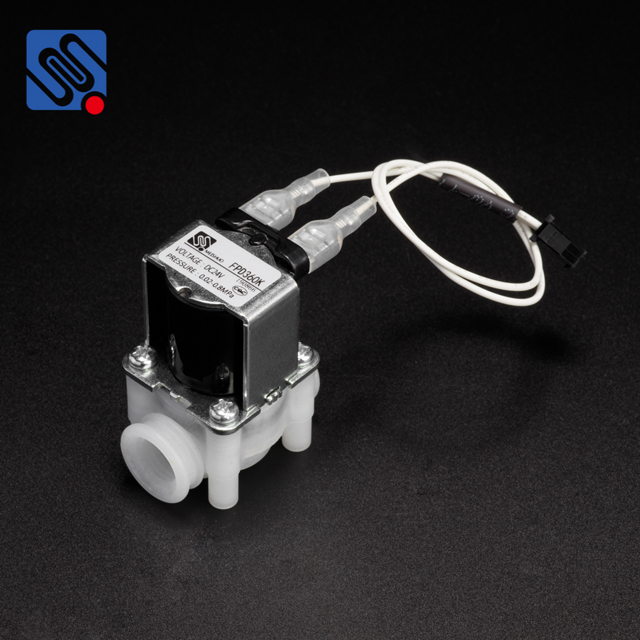Water treatment systems play a crucial role in ensuring clean, safe, and sustainable water supply for various applications, from industrial operations to residential use. One of the integral components of these systems is the Water Treatment System Solenoid Valve, which serves as the key to automating and regulating the flow of water and treatment chemicals in the system. This article will explore the importance, functions, applications, and benefits of solenoid valves in water treatment processes.

What is a Solenoid Valve? A solenoid valve is an electromechanical valve used to control the flow of water, gas, or other fluids. It operates using an electric current to create a magnetic field that controls the movement of a plunger or diaphragm within the valve. When the solenoid coil is energized, the plunger moves, either opening or closing the valve, and thereby controlling the fluid flow. Solenoid valves are widely used in systems requiring precise control of fluid, offering the advantage of remote operation, rapid response times, and automation. In water treatment systems, these valves are particularly valuable for managing water flow, regulating chemicals, and enhancing the efficiency of the overall system.